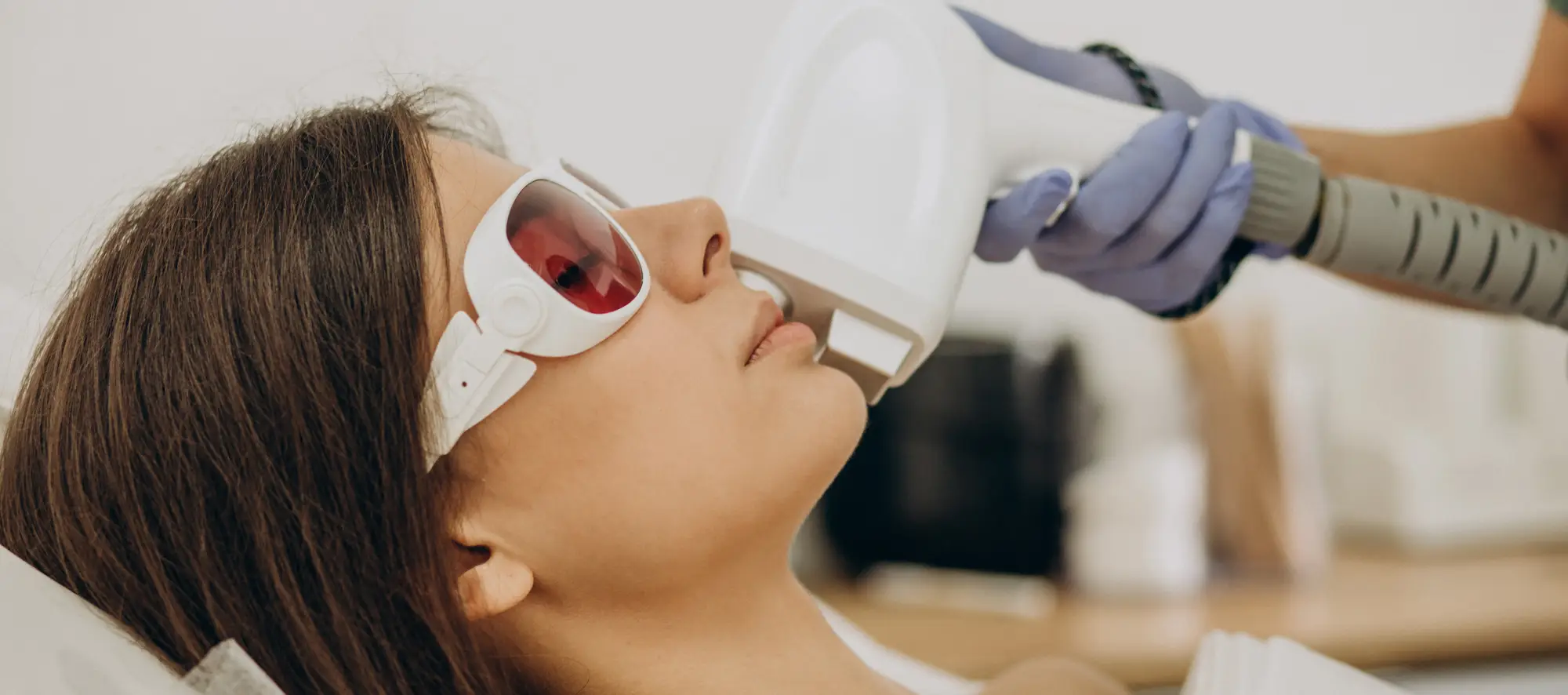LASIK surgery is capable of correcting various refractive vision problems, including:
Nearsightedness (Myopia): Myopia arises when the eye is excessively elongated or when the cornea is overly curved. This condition causes light to converge in front of the retina, resulting in blurry distant vision but clearer vision for close-up objects.
Farsightedness (Hyperopia): Hyperopia is the converse of myopia. It manifests when the eye is too short or the cornea is too flat, causing light to focus behind the retina. Individuals with hyperopia typically have better distant vision but may encounter difficulties with tasks requiring close-up vision.
Astigmatism: Astigmatism is characterized by an irregular cornea or lens shape, leading to distorted or blurred vision at various distances. It can coexist with myopia or hyperopia.
Presbyopia: Although not a refractive error, LASIK can also serve as a solution for presbyopia, an age-related condition affecting near vision. A specialized LASIK procedure called Laser Blended Vision (LBV) is designed for presbyopic patients. LBV corrects one eye for distance vision while intentionally leaving the other slightly nearsighted. This approach enables the brain to merge images from both eyes, resulting in a broader and clearer range of vision from near to far.
The selection of the most suitable LASIK procedure hinges on factors such as the patient's specific refractive error, corneal thickness, and other individual considerations. This decision should be made in consultation with an experienced ophthalmologist or refractive surgeon following a comprehensive evaluation of the patient's ocular health and visual needs.

